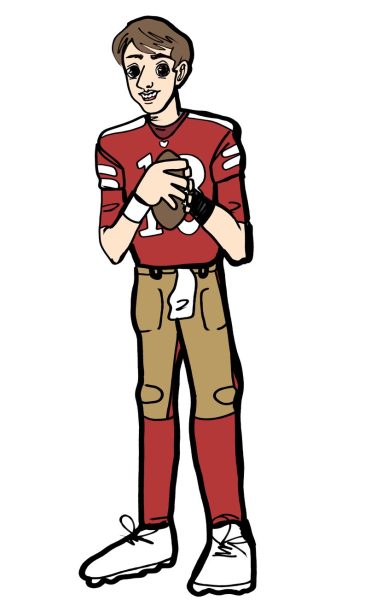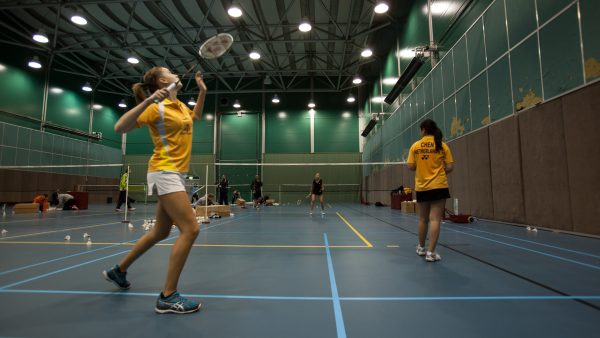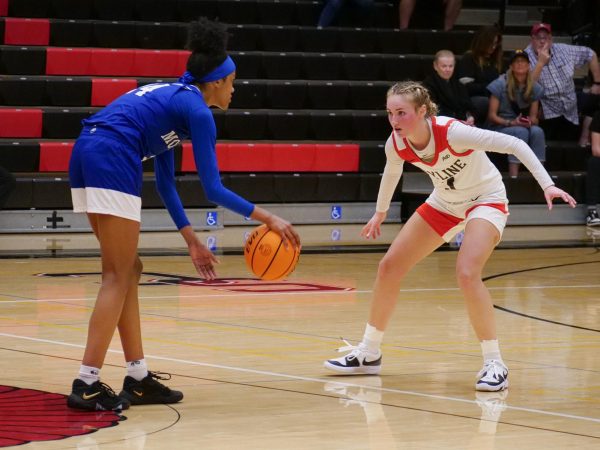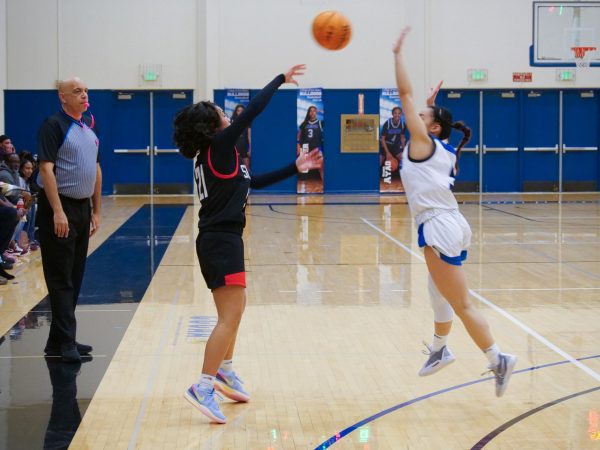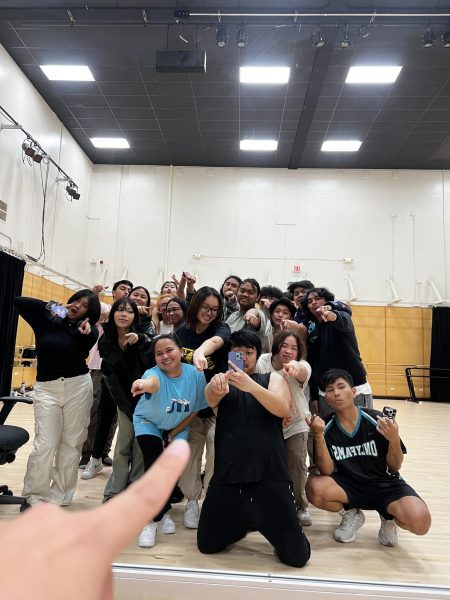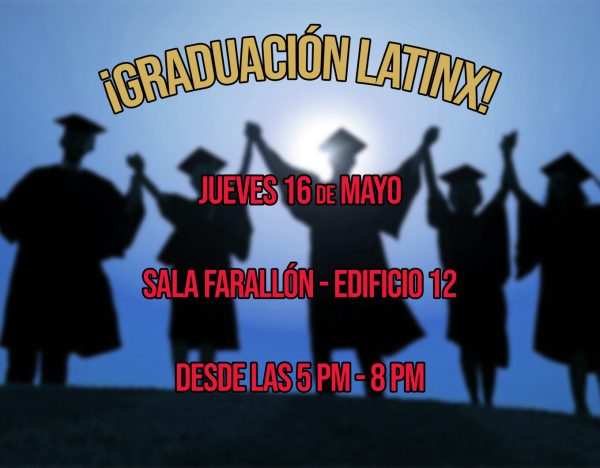Bring on the pain
Anyone who is at all familiar with mixed martial arts (MMA) or the Ultimate Fighting Championships (UFC) knows about Brazilian Jiu-Jitsu (BJJ). For those who have never heard of BJJ, the main thing you need to know is that it is a self-defense based primarily on throws, joint-locks and choke holds. It’s also the most practical martial art you could ever train in.
First and foremost, this is an opinion. Martial arts is a very large umbrella and there are numerous styles and hundreds of variations of hand-to-hand combat. They all have their strengths and they all have their weaknesses, but from my point of view BJJ is the most effective of them all when it comes to self defense.
BJJ, which was developed by Helio and Carlos Gracie from the original Japanese Jujutsu, is designed to allow for a smaller fighter to incapacitate a larger/stronger opponent. The techniques themselves take into account the importance of exposed weak spots, such as the throat, as well as the fragility of joints when they’re forced to exceed their range of motion. To put it bluntly, you learn how to effectively strangle a larger opponent and how to break arms and/or legs when they’re left out too long.
I have been training in BJJ for the better part of six years and, while I don’t believe I will ever truly master the art as a whole, I am confident in my abilities when it comes to this art form. I believe that everyone, regardless of age, gender or past experience, can benefit from learning BJJ. But it will not be an easy process.
The most obvious benefit is faith and confidence: faith in yourself and confidence in your abilities to take care of yourself if something happens that requires physical defense. The hallmark mindset of BJJ is that it is technique, not strength, that dictates the victor. Does strength help? Of course it does, but it is ultimately the technique that decides the victor/survivor of an altercation. Plus there is the added benefit of fantastic cardiovascular health. BJJ can be high-intensity, and if you’re in the right environment, with the right teacher and the right teammates, you’ll be pushed to harder than you’re used to.
But it is not an easy process. You will get hurt. Accept that fact now. Your hands will ache, your ears will hurt, your joints may be damaged. But this is part of the journey. Nothing worth having will ever come easy in this life. And it will take time. On average it takes a beginner 10 years to reach the rank of black belt, the rank that recognizes you as being capable of teaching others. And there are belt ranks beyond even black that take a lifetime to achieve. Will it be easy? Absolutely not. Will it be worth it? Most definitely.



